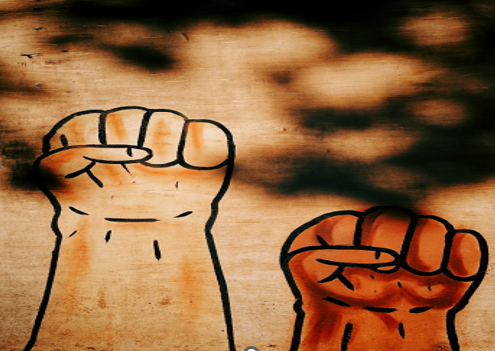
(Photo Credit: Essence Magazine https://www.essence.com/news/governor-wes-moore-pardons-thousands-of-marijuana-convictions/)
On Monday, June 16th, Maryland Governor Wes Moore announced the largest single clemency initiative for people convicted of crimes related to marijuana. These convictions largely stemmed from America’s misguided, ineffective and incredibly costly war on drugs. As reported by the Washington Post, the initiative is expected to pardon approximately 175,000 individuals convicted of misdemeanor crimes related to marijuana possession, including some convictions related to possession of drug paraphernalia. Gov. Moore’s office believes these pardons will be granted to almost 100,000 Marylanders, and while demographic data on who is impacted isn’t yet available, most commentators are predicting these pardons will most likely remove convictions and collateral consequences for Black and Brown Marylanders. During the week of Juneteenth, a celebration of freedom from slavery for Black Americans in the south, Gov. Moore is addressing one of the legacies of slavery, Jim Crow, and racialized mass incarceration that haunt us to this day – the permanent underclass comprised of people with a criminal conviction, especially a drug conviction.
Gov. Moore and others have noted that the pardons issued this week will not let anyone out of prison or jail (MD legalized marijuana possession by constitutional amendment in 2022) and will probably not get anyone off probation early either. But what it does do, is start to address the glaring racial disparities in our legal system and seek to mitigate the “permanent punishment” (to quote the End Permanent Punishment Initiative in IL) imposed on people with criminal convictions (even if they never served a day in jail).
What Gov. Moore and his administration have done in pardoning 100,000 (likely predominantly Black) people who are not currently in prison, is to release from them a vestige of slavery where people with criminal convictions (especially drug convictions) are relegated to a second-class citizenship, for years or decades after they have served their sentence.
There are an estimated 44,000 collateral consequences (or examples of permanent punishment) for people with a criminal conviction. These include legal barriers to (often constitutionally protected) activities and rights such as, owning a firearm, voting, serving on a jury, accessing some affordable housing or welfare, But the bulk of the consequences of a criminal conviction relate to barriers to employment. For example, incarcerated people who fought forest fires for $5 a day while incarcerated, were almost all ineligible to join the fire service, and get paid a fair wage for their work, after their release from prison. These almost 30,000 barriers can be imposed by employers, licensing agencies, or other civil entities that can bar people from professions as diverse as lawyers and barbers.
Many of these licensing restrictions rely on “good moral character” clauses, which do not specifically say that someone with a criminal conviction is automatically a person not of “good moral character” but in many cases, that’s the de-facto understanding. State Rep. Tarra Simmons had to sue the Washington state bar association to allow her to sit for the bar, after they rejected her for serving 30 months in prison for drug related felonies. Rep. Simmons was able to show the bar associations that her actions were taken under the crushing weight of an opioid addiction, desperate to avoid withdrawal, and not those of a bad person (which having had the opportunity to meet her through a previous job, I can confirm she’s a wonderful and warm individual).
From a public health perspective, Gov. Moore’s actions make perfect sense, and while we don’t know how many people (if any) who he pardoned this week suffered from a substance use disorder; carcel consequences, lack of access to jobs, and housing insecurity are likely to cause people to use more drugs, not less. It’s also worth noting that many people use marijuana to treat physical and mental health conditions, from migraines to PTSD. All these conditions may be exacerbated by shutting people out of work, housing, education, and access to resources to rebuild their lives.
The consensus from everyone in the scientific community, the public, and much of law enforcement, is that we cannot arrest our way out of the current drug crisis we’re experiencing. I contend that permanently punishing and locking people out of society for their past struggles with substance use is just as futile. Gov. Moore has made a huge step forward in addressing this and righting a historical and highly racialized wrong. Hopefully, other states follow his evidence-based lead.




 At almost every decision point in the US justice system, disparities of gender, race, and ethnicity can be observed. Even in the juvenile justice system, which is meant to be rehabilitative,
At almost every decision point in the US justice system, disparities of gender, race, and ethnicity can be observed. Even in the juvenile justice system, which is meant to be rehabilitative, 


